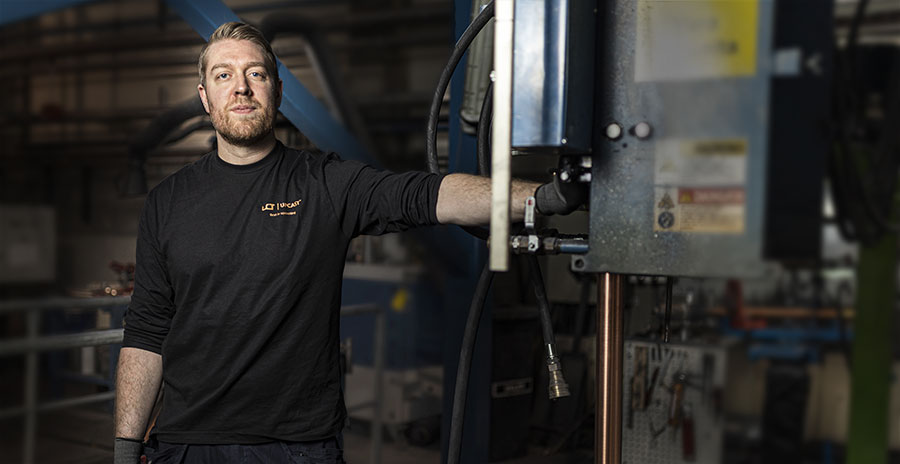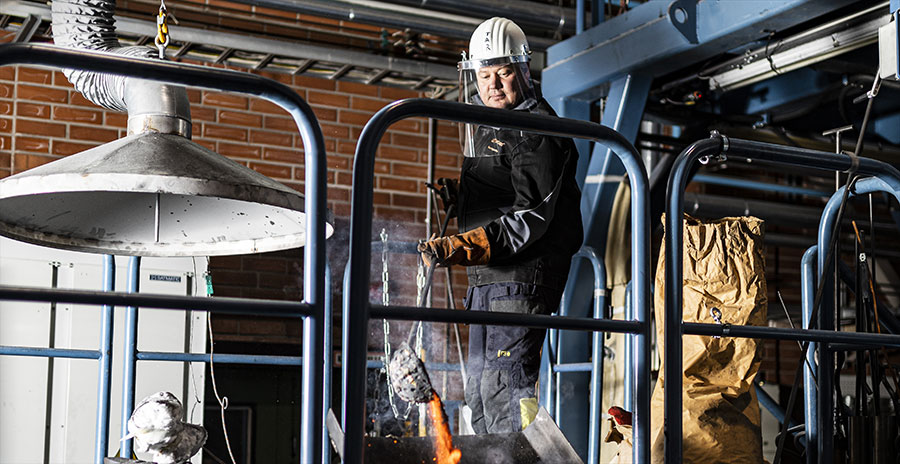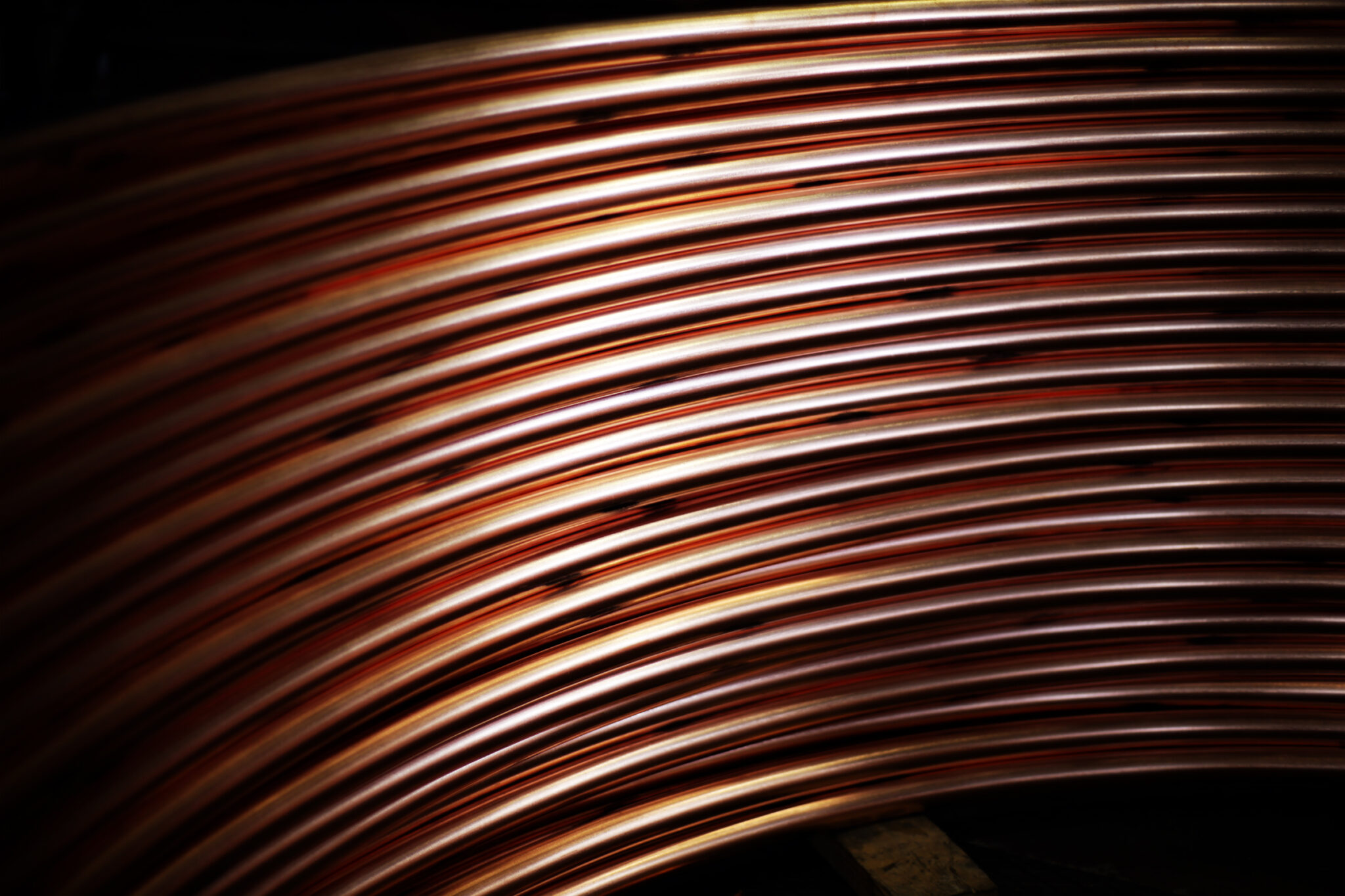Learning, near and far
| TEXT: EERO HALLENBERG | PHOTOS: MARIUS TIKKANEN/FIRST PRODUCTION

We have our own pilot test plant in Finland where we try to see what is possible, and later apply what we have learned at our clients’ sites Commissioning engineer Miika Liljeroos
In addition to setting up new production lines, the work of a commissioning engineer involves continuous product development, training and customer service. What else is included in the job and what makes it so attractive? UPCAST OY’s new commissioning engineers, Miika Liljeroos and Teemu Rajaviita, explain.
Long work trips form a large part of a commissioning engineer’s job, in addition to which the individual must have the right circumstances and attitude. A single trip can take dozens of days, and the work at the location is intensive.
Miika Liljeroos is getting ready to travel to Indonesia, and Teemu Rajaviita will soon return to Türkiye. In their work, they encounter clients from various cultures, so life experience and an open mind are important assets.
– Of course, you develop a routine, and in the end even the longer trips no longer faze you. If you cannot carry on working over the weekends, you tend to start feeling a little bored, Rajaviita says, laughing.
A team of specialists with multiple back-grounds gives us a wide perspective into solving problems.
Trips that last for multiple weeks are mainly about commissioning new production lines, but shorter trips also take place.
– The duration depends on the difficulty level, and the shortest gigs vary from one to two weeks, Rajaviita explains.
The role of UPCAST OY’s customer services becomes increasingly important when commissioning engineers are sent to inspect production lines that are already in operation. As part of the development work, the production lines are analyzed, and clients are instructed on how to achieve better casts and make the lines more productive.
– But product development does not just take place at a client’s site. We also have our own pilot test plant in Finland where we try to see what is possible, and later apply what we have learned at our clients’ sites,’ Liljeroos says.
Learning in good company
The paths to becoming a commissioning engineer may vary, but a diverse career background provides a clear edge. The two new commissioning engineers have experience from the copper sector, and their wide range of skills is a benefit in their current roles. Applying for a position at UPCAST OY was a natural step on both men’s career paths.
Suitable circumstances in life allow them to travel, and both were already familiar with the UPCAST® lines thanks to previous roles.
– I have more experience in casting, while Teemu is experienced in further processing, so our combined understanding of processing copper is pretty solid, Liljeroos says.
Both men are fascinated by the work because of its versatility, but also find it attractive that they are able to test out their own ideas and learn by doing. Furthermore, the workplace culture at UPCAST OY has been a positive experience – the close-knit work community provides encouragement and serves as a resource.
– We discuss problems a lot together, regardless of their nature, Rajaviita emphasizes.
– A team of specialists with multiple backgrounds gives us a wide perspective into solving problems, which ensures a good outcome, Liljeroos adds.
Both Liljeroos and Rajaviita feel that the work’s challenging nature, foreign cultures and new people are what make it so interesting. There is never a dull moment, and the best thing is that the profession involves constant development work for achieving ever-better casting lines.
– Continuous learning is the most important aspect, Liljeroos and Rajaviita both conclude. •
There is never a dull moment, and the best thing is that the profession involves constant development work for achieving ever-better casting lines.

Commissioning engineer Teemu Rajaviita has long experience from the copper sector.
